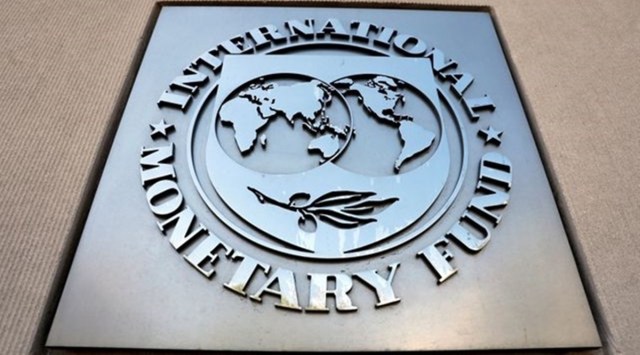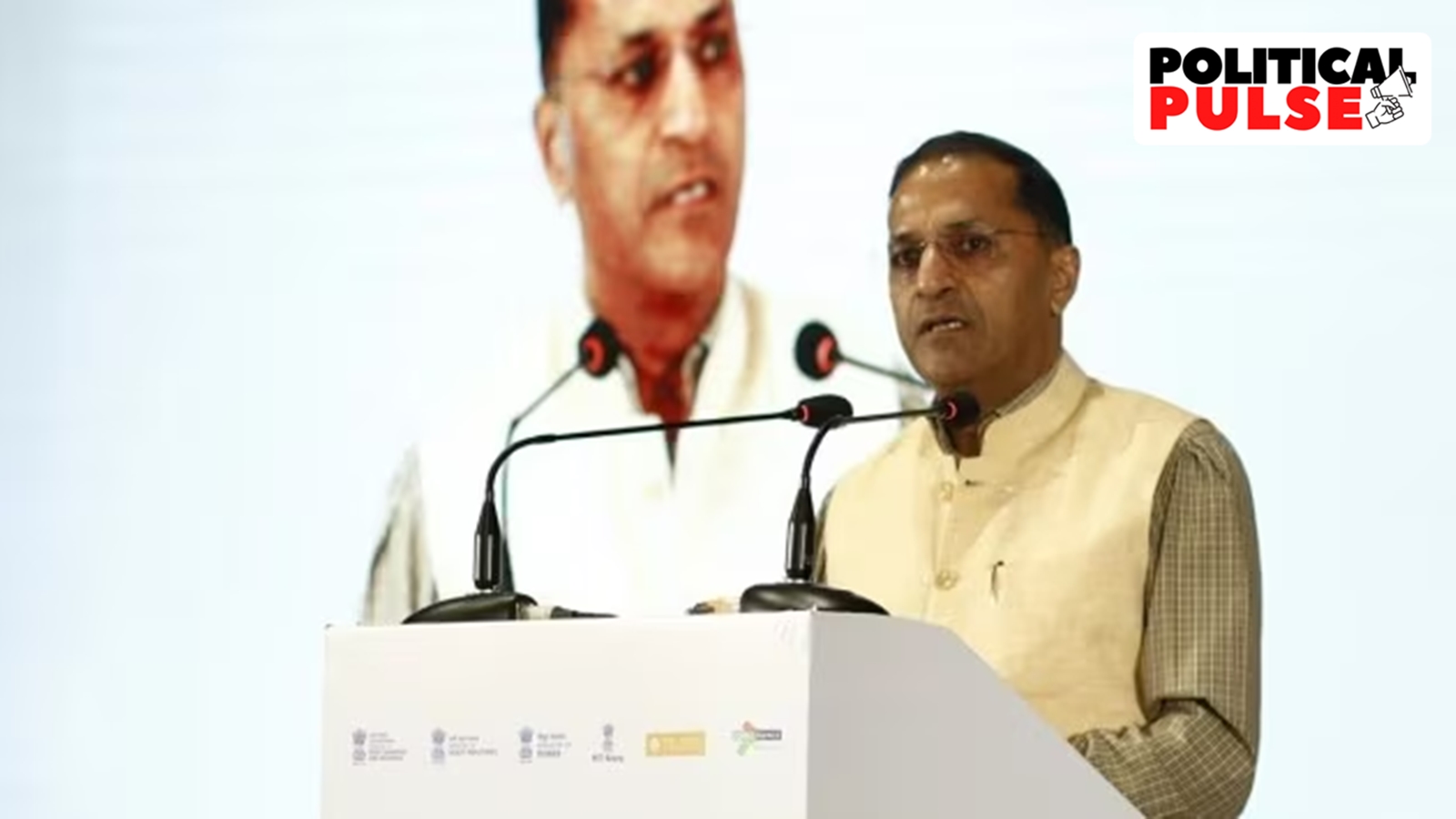
The International Monetary Fund (IMF) projected a strong growth of 8.2 per cent for India in 2022, making it the fastest-growing major economy in the world, nearly double the rate of China at 4.4 per cent. The global growth forecast for 2022 is 3.6 per cent, a decrease from 6.1 per cent in 2021, as stated in the IMF’s annual World Economic Outlook report. India’s growth projection for 2022 has been reduced by 0.8 percentage points compared to the previous year’s forecast. In 2021, India achieved a growth rate of 8.9 per cent, and it is expected to grow at 6.9 per cent in 2023, according to the IMF.
The downgrade in India’s 2023 growth projection is partly due to the ongoing war, resulting in high energy and food prices that are slowing down economic growth. The IMF report noted notable downgrades in the 2022 forecast for Asia, including Japan by 0.9 percentage points and India by 0.8 percentage points, reflecting weaker domestic demand and the impact of higher oil prices on private consumption and investment, as well as lower net exports.
The IMF’s report projects global growth at 3.6 per cent in both 2022 and 2023, which is 0.8 and 0.2 per cent lower, respectively, than the January forecast. The downgrade is mainly attributed to the direct impacts of the war on Russia and Ukraine and the resulting global spillovers. China is expected to grow by 4.4 per cent in 2022 and 5.1 per cent in 2023, down from 8.1 per cent in 2021. The US is estimated to grow by 3.7 per cent in 2022, compared to 5.7 per cent in 2021, with a further decrease to 2.3 per cent projected for 2023.
The IMF highlighted the significant GDP contractions expected in Russia and Ukraine in 2022 due to the war. The economic effects of the war are widespread, impacting commodity markets, trade, and financial linkages. The IMF also noted that the global economy was recovering from the pandemic when this crisis unfolded.
In addition to the war, frequent and extensive lockdowns in China, particularly in key manufacturing areas, have slowed economic activity and could lead to new bottlenecks in global supply chains. The tightening of monetary policy in many countries is a response to higher and persistent price pressures.







